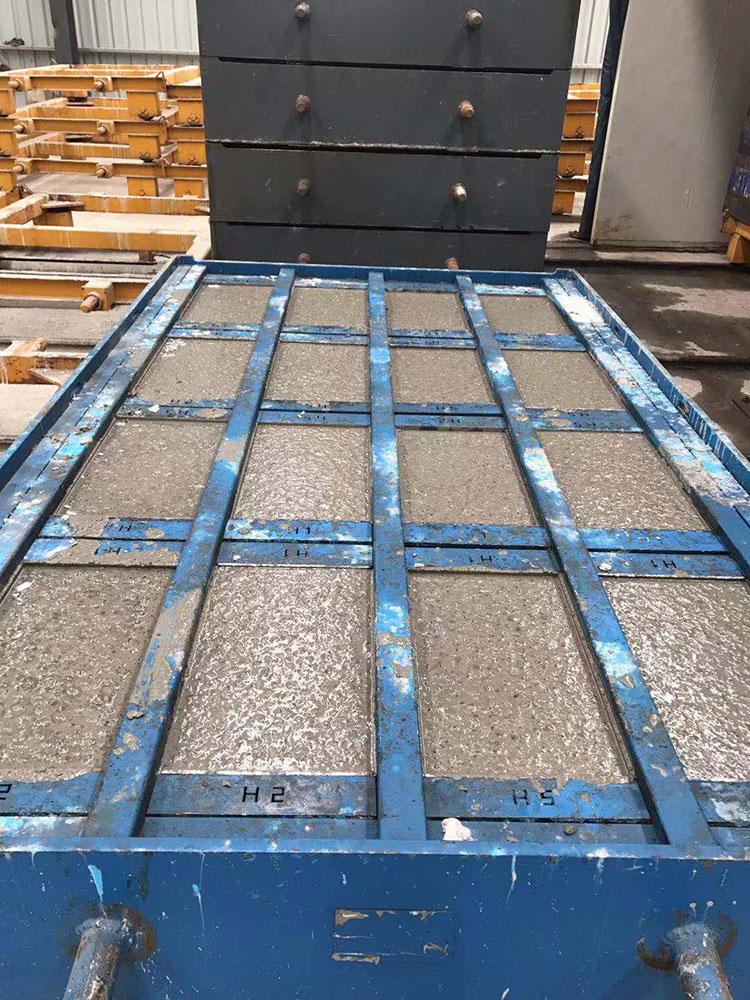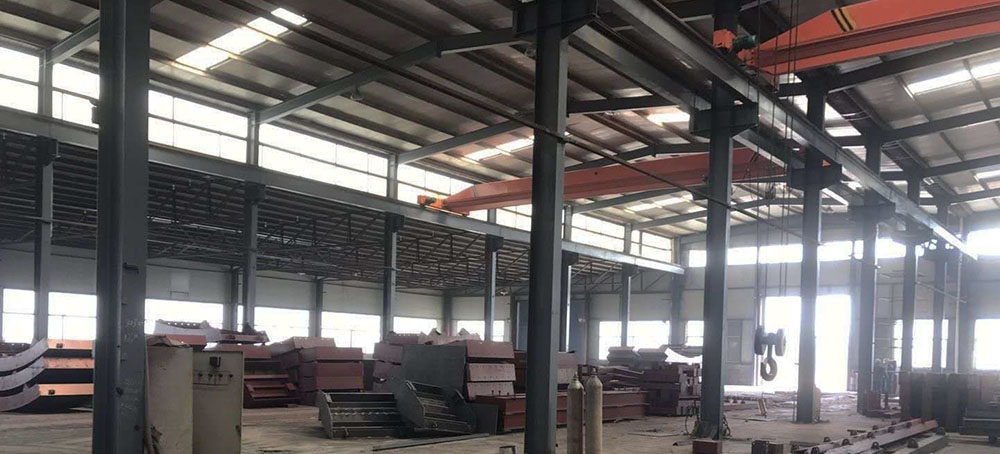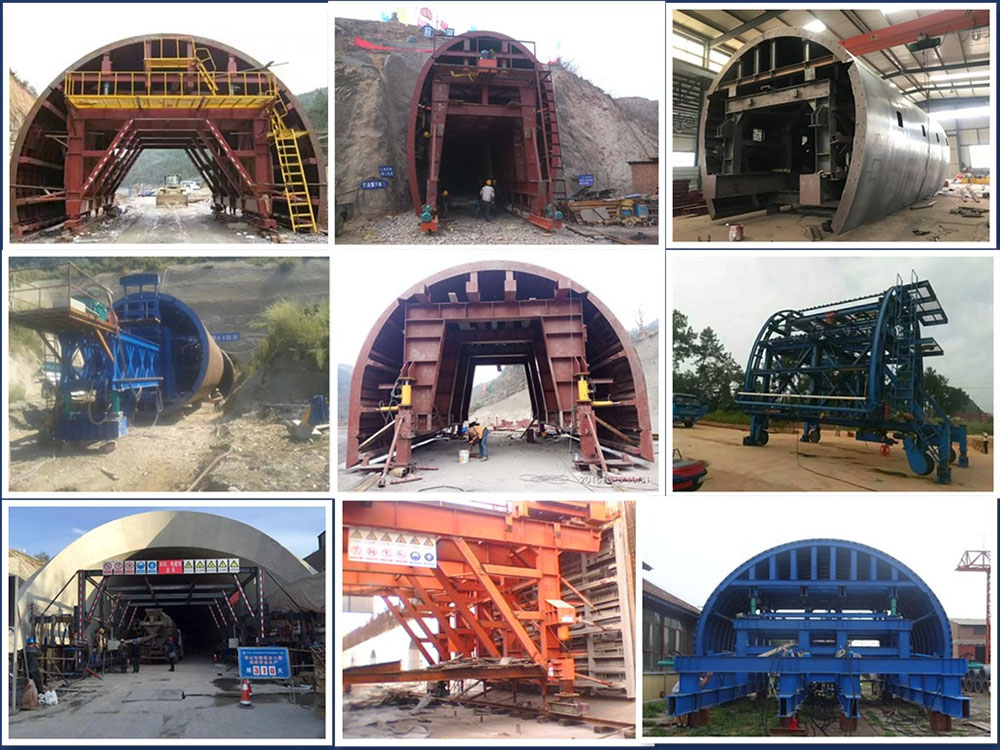Hot Seal Steel Construction Precast Concrete Moulds
Get Latest Price| Payment Type: | L/C,T/T,Money Gram |
| Incoterm: | FOB,CFR,CIF |
| Min. Order: | 1 Bag/Bags |
| Transportation: | Ocean,Land |
| Port: | Dalian,Qindao |
| Payment Type: | L/C,T/T,Money Gram |
| Incoterm: | FOB,CFR,CIF |
| Min. Order: | 1 Bag/Bags |
| Transportation: | Ocean,Land |
| Port: | Dalian,Qindao |
Brand: Lijian
MOQ: 1 Set
Certification: Other
Material: Steel
Surface Treatment: Painted Or As Customer Requirement
Tolerance: GB Or As Customer Requirements
Design: Provided By Li Jian
Type: Mould
Application: Bridge, Tunnel Engineering
| Selling Units | : | Bag/Bags |
| Package Type | : | According to customers request |
The file is encrypted. Please fill in the following information to continue accessing it
Concrete moulds are essential tools used in construction to create various concrete structures and elements, such as walls, columns, beams, slabs, and more. These moulds are typically made of steel, plastic, or fiberglass and come in various shapes and sizes to accommodate different project requirements.
The construction of concrete moulds involves several steps:
1. Design: The first step in constructing concrete moulds is to design the shape and size of the mould based on the specific requirements of the project. This includes determining the dimensions, angles, and details of the mould.
2. Material selection: The next step is to select the appropriate material for the mould. Steel moulds are durable and long-lasting, but they can be heavy and expensive. Plastic and fiberglass moulds are lightweight and cost-effective but may not be as durable as steel.
3. Fabrication: Once the design and material selection are finalized, the mould is fabricated using the chosen material. This may involve cutting, bending, welding, or molding the material to create the desired shape and size of the mould.
4. Assembly: After the individual components of the mould are fabricated, they are assembled together to form the complete mould. This may involve welding or bolting the components together to ensure they are securely connected.
5. Finishing: Once the mould is assembled, it may be finished with a protective coating or surface treatment to improve its durability and longevity. This may involve painting, powder coating, or applying a release agent to prevent concrete from sticking to the mould.
Overall, the construction of concrete moulds is a critical part of the construction process, as it determines the final shape and appearance of the concrete elements. By following these steps, construction professionals can create high-quality moulds that meet the specific requirements of their projects.

product feature:
* It is widely be used in all kinds of tunnel concrete construction.
* The product is easy to use and flexible to disassemble.
* More times turnover, low cost amortization.
* The appearance of concrete is well quality.
* Save labor cost and reduce project cost.
Advantage:
● light weight;
● simple, strong and stable structure;
● moved, mounted and stripped easily;
● strong reusability;
● small deformation under force;
● adequate space under traveler and providing a big space for bars and formwork construction operation.

Value-added services:
Provide construction plan for civil engineering and cooperate with Bidding for Party A.
Provide early product design and the most cost-effective scheme.
After sales service and technical support during construction.
Free product improvement scheme.



Privacy statement: Your privacy is very important to Us. Our company promises not to disclose your personal information to any external company with out your explicit permission.

Fill in more information so that we can get in touch with you faster
Privacy statement: Your privacy is very important to Us. Our company promises not to disclose your personal information to any external company with out your explicit permission.